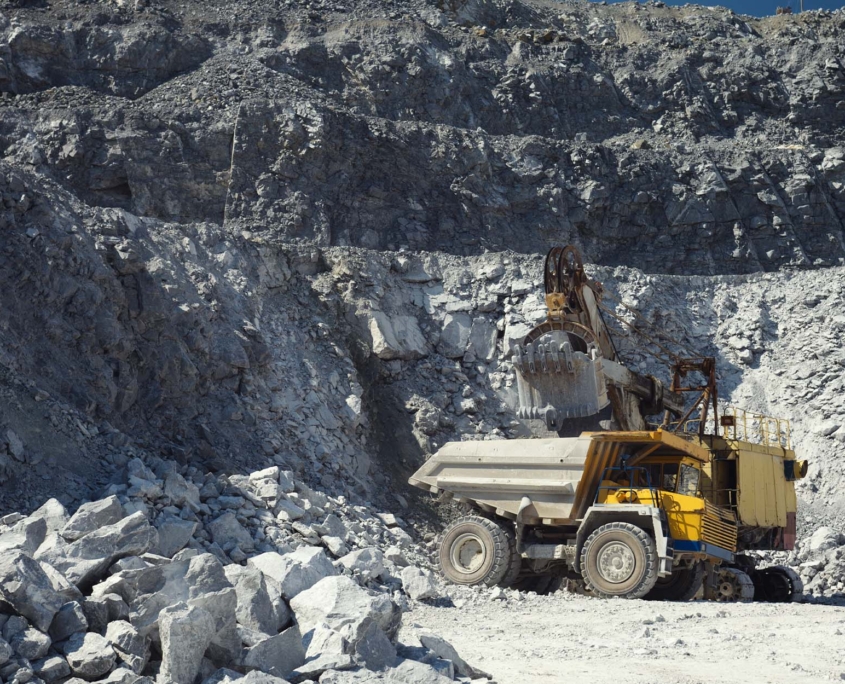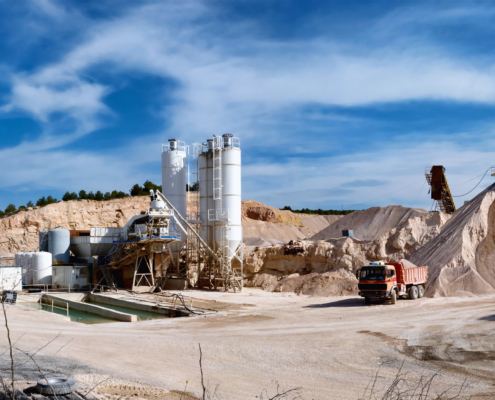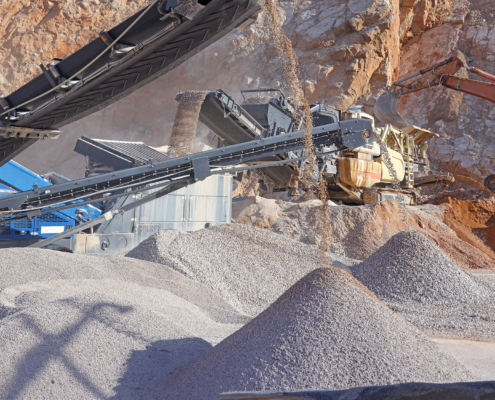 https://pontotocsandandstone.com/wp-content/uploads/2024/04/What-Is-Fracing.jpg
1250
2000
AbstraktMarketing
/wp-content/uploads/2021/08/Pontotoc-White-Logo.png
AbstraktMarketing2024-04-08 18:11:242024-04-26 16:14:25What Is Fracing?
https://pontotocsandandstone.com/wp-content/uploads/2024/04/What-Is-Fracing.jpg
1250
2000
AbstraktMarketing
/wp-content/uploads/2021/08/Pontotoc-White-Logo.png
AbstraktMarketing2024-04-08 18:11:242024-04-26 16:14:25What Is Fracing?Types of Rip Rap and How To Use Them
Rip rap is an essential erosion control material. It’s made of water-resistant sediment—usually limestone or a similar material—that mines can sort into different sizes for various uses. The four main kinds of rip rap are Type A, Type B, Type C, and Type D. You can put rip rap around ponds, roads, or anywhere erosion and excess water may be a problem.
What Is Rip Rap?
Rip rap is crushed stone used to prevent erosion around sloped surfaces. You can use rip rap around ponds, parking lots, or other areas where water erosion is a threat. Rip rap absorbs and deflects rushing water before it can reach a protected area. The gaps between rip rap trap and reduce water flow, minimizing its ability to erode soil around a structure’s base or shoreline.
Types of rip rap include limestone, fieldstone, granite, and traprock. Additionally, these types of sediment come in different sizes.
What Are the Different Rip Rap Sizes?
Rip rap ranges in size depending on its intended use. Workers use larger crushed rip rap differently than tinier rip rap; however, most applications involve water and erosion control for different scenarios.
Let’s take a look at the four main kinds of rip rap.
Type A Rip Rap
Type A or Type 1 rip rap is excellent for areas that suffer from severe erosion on higher slopes and need to be protected from water, like bridges or banks. Type A rip rap is excellent on steep slopes because it’s heavy and stays stacked when installed.
This limestone is larger and rarely moves when set in place, almost like cinder blocks. Each piece of Type A rip rap rock is approximately 18 to 30 inches long. Using this type of riprap with other preventive measures is not uncommon.
Type B Rip Rap
A little smaller than Type A riprap, Class B rip rap works for many of the same projects as Type A. Typically, this type is used on slopes with less erosion than Type A. Type B rip rap is excellent for steep slopes and smaller than type A on average, but still prevents erosion efficiently.
Type C Rip Rap
Type C rip rap is medium in size. This type of limestone is one of the most popular options on the market. It measures 6 x 18 inches and can range in sizes from half a foot to eighteen inches, making it the perfect size for projects like retaining walls, creeks, and riverbanks. Type C rip rap isn’t for significant erosion issues because of its smaller size compared to types A and B. However, it’s excellent for smaller projects.
Type D Rip Rap
Type D rip rap is the smallest of all the sediment types. Type D comes in around 4 inches to a foot per piece on average. Unlike the other kinds, workers don’t use Type D for erosion control. Due to its small size, many builders favor Type D as a base material or use it on the bottom of a trench.
Common Uses of Rip Rap
These types of rip rap have various uses. People use rip rap to protect shorelines and structures against water, erosion, and flooding. It’s a simple solution for construction sites where concentrated runoff is a problem, such as inlets and outlets of storm pipes, culverts, bridges, slope drains, and storm drains.
Rip rap prevents soil, sand, and sediments from being swept away by water around inclines and stream beds. It also impedes washout from pillars, foundation walls, and other support systems.
Here are some of the common uses of rip rap:
Pond and Water Perimeters
Rip rap is perfect for ponds and small bodies of water. A pond’s water level can rise during heavy rains, eroding the shoreline over time. Rip rap keeps the soil in place during these periods. Also, perimeter rip rap is an aesthetically pleasing option that makes the outer banks look excellent.
Road Construction
Water can cause significant problems for workers and machinery during construction projects near sloped surfaces. Rip rap keeps erosion from affecting steep slopes and prevents water from going where it shouldn’t.
Installing Rip Rap
Installing a rip rap shoreline is much more than just dumping limestone along the shoreline. Workers must first grade the shore to create a stable and compact surface. Then, a layer of gravel is placed before a bottom layer of large anchor stones. Smaller rock is used between the large boulders to create a channel.
This process creates a solid layer of protection around the shoreline and prevents water from touching the soil and, therefore, eroding the shore. An effective rip rap layer requires heavy machinery to lift and spread the rock plus a team of coastal engineering experts to design and supervise the rip rap installation.



